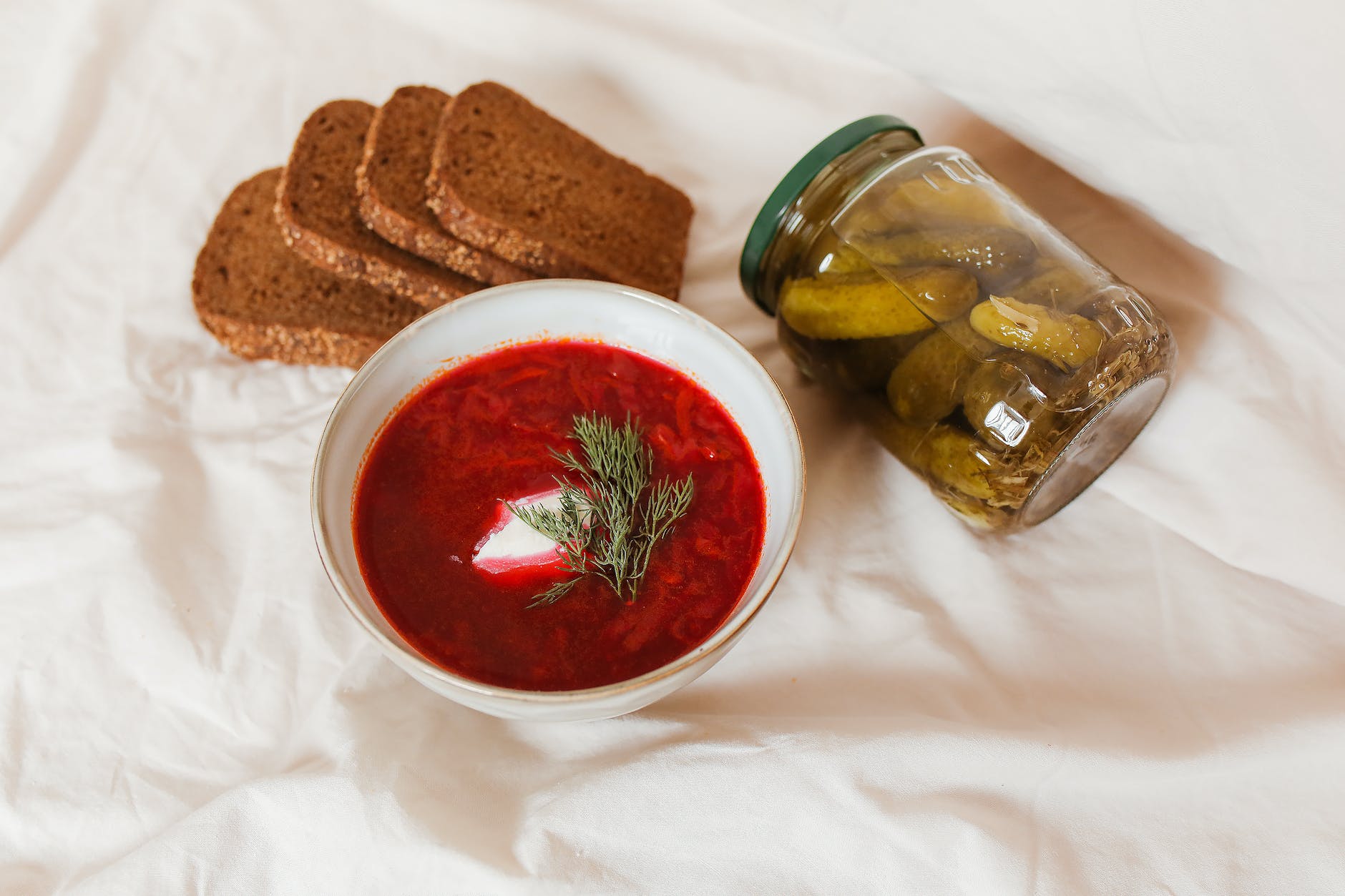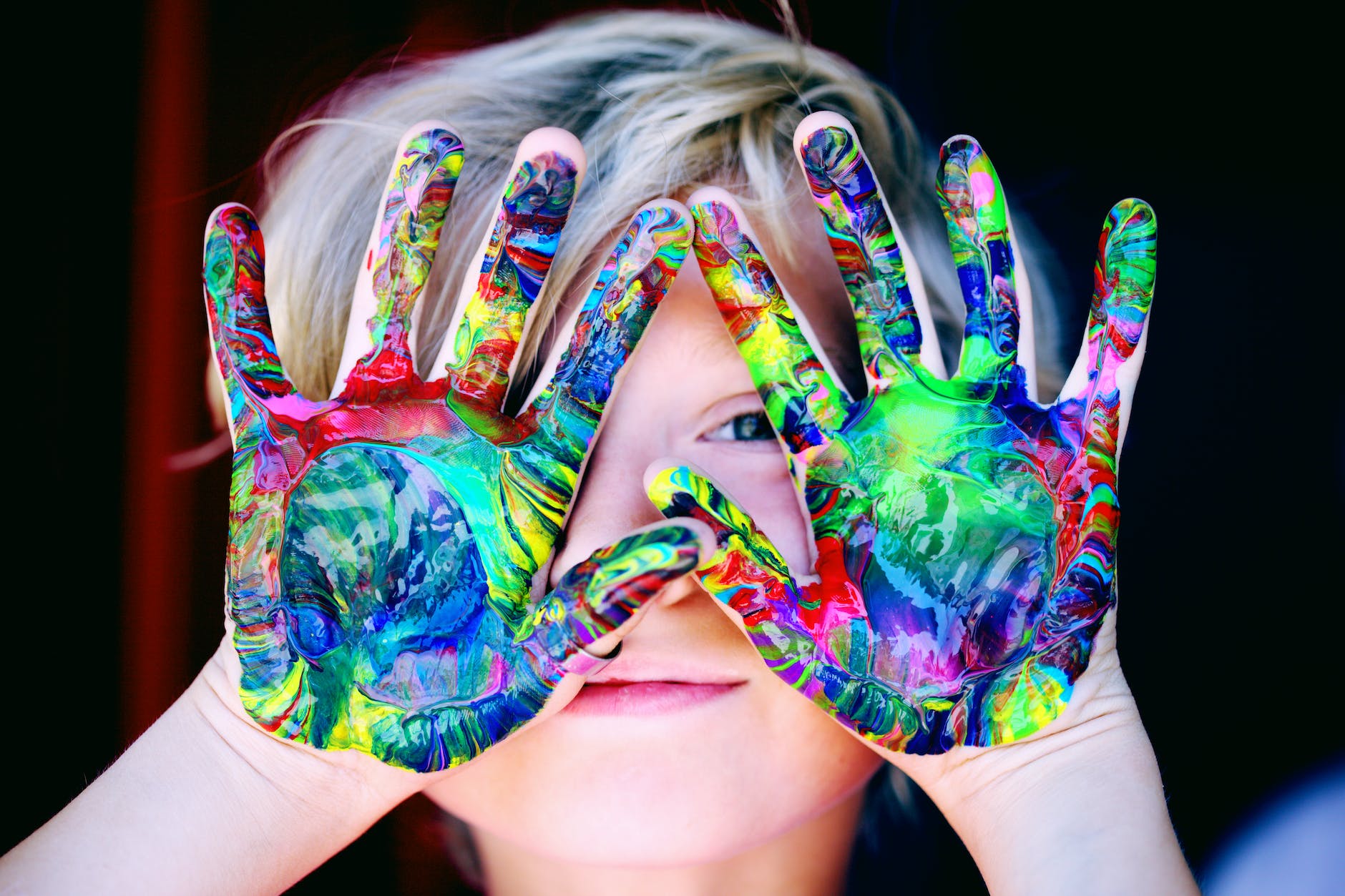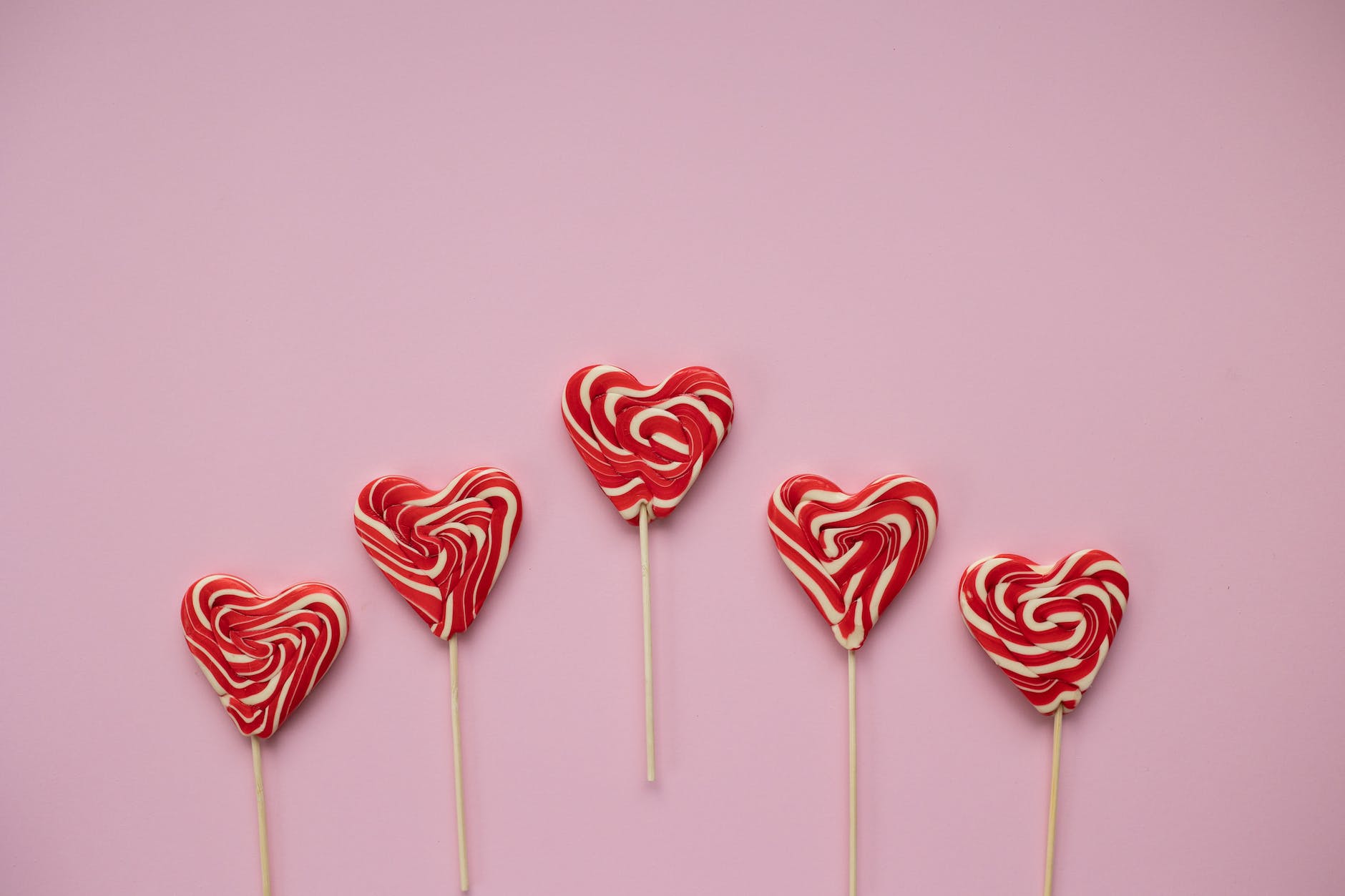February 2nd, 2024
ADHD and Red Food Dye – What’s the Link?
If you’ve ever searched for “foods to avoid for ADHD”, I guarantee you’ve likely come across the topic of red food dye and ADHD. But with heaps of advice on what to avoid and what to include in an ADHD diet, is red dye the #1 thing to avoid? Let’s explore the facts, the misconceptions, and the guidelines from an ADHD nutrition expert (that’s me!).
First of all: what exactly is red food dye?
All artificial or chemical food dyes (aka AFCs), regardless of what color they are, are made with the same base: coal or petroleum byproducts. To be clear, there’s no actual coal or petroleum left once these products end up in our food, but understanding where they come from sheds light on why people have questioned their safety since they were introduced.

So, does red food dye impact ADHD behaviors?
Let’s clear up what we know for certain about red food dye: it does not cause ADHD. The evidence on that is pretty clear. But, does it impact difficult behaviors like hyperactivity, impulsiveness, and aggression?
The answer: kind of.
Several studies over the past few decades have shown that artificial food dyes can impact behavior in a minority of children, despite ADHD status. In other words, most kids don’t get more aggressive or impulsive when they consume food dyes, but some do. And it doesn’t matter if they have ADHD or not. In fact, many European countries require warning labels on foods that contain artificial food color, warning consumers that it can cause behavior problems1.
Is RED food dye worse than all the other colors?
For some reason, red dye gets all the attention, but studies linking food dye to behavior problems have used the full rainbow of colors, and there is no evidence that red is particularly worse than any other color. No one is really sure why red gets all the airtime. It could be that, in general, a greater quantity of red dye is required to obtain a truly red color in foods, and thus, behavior issues are more pronounced when kids eat red foods.
How to know if your kid is affected by red food dye:
The problem with trying to figure out if your kid reacts to food dye is that heavily colored foods like candy and cake have a lot of sugar and other additives in them which can also adversely impact kids’ behavior. Often parents think their kids are reacting to food dye, but in reality, they’re just highly sensitive to sugar and see an increase in hyperactivity followed by an irritable crash after kids eat sweets.
The only way to know if your kid is in that minority of those who react to food dye is to give your kid water colored with artificial dye and see what happens. In general, impacts can be observed within an hour of them consuming it. Odds are, your kid won’t react, but if they do, it’s hugely helpful to know one of their food triggers because luckily, it can be avoided by reading labels.

What foods contain artificial dye?
You’d be surprised! It’s not just candy and brightly colored sweets. In fact, many foods that are not even brightly colored contain artificial food dyes to give them a more even or “attractive” hue. Here’s a list of surprising sources of chemical food dyes:
- Brown bread
- Vanilla ice cream
- Marshmallows – even the white ones
- Pickles
- Soups
- Condiments (ketchup, mustard, salad dressing, sauces)
- Cereal – even “healthy” brown ones like Life brand
- Kids’ medicine (both over-the-counter and prescription)
- Microwave popcorn
- Yogurt
- Juice
- Canned fruit
- Granola or protein bars
- Vitamins
If your jaw just dropped, you’re not alone! Most people have no idea how many foods contain chemical food dyes. If you’re avoiding them because your kid’s ADHD behavior seems worse when he eats them, be sure to read labels and avoid assuming something doesn’t have coloring just because it’s not brightly colored.
What about “natural food dye”?
Natural food dyes have been used for centuries (yes, centuries!) to color foods and in general, are much safer and recommended above the chemical versions. However, some are better than others. Look for items that say they’re colored with fruit or vegetable extracts as these are the most natural dyes out there. They’ll be colored using things like the juice from blueberries, carrots, beets, and spirulina. Luckily, we have many naturally colored options on the market now and they’re less pricey than they once were.
Some of my favorite products that use natural food color:
- Made Good – all their products use fruit and veggies for coloring
- Dandies marshmallows
- Yum Earth candies
- Camino chocolate chips, hot chocolate, chocolate bars
- Good Bites
- Nature’s Path Cereals and granolas
- Kidstar Nutrients
- Color Garden food coloring for your baking projects at home
HOT TIP: If a food is certified as organic, it cannot, by definition, include chemical food dyes. Knowing this can save you oodles of time reading labels!

As a Kids’ ADHD Nutritionist, do I recommend avoiding artificial food dyes?
It depends. What’s best for your family is going to depend on several factors such as:
- Does your kid react negatively to food dyes? If not, this is likely not the biggest thing you want to focus on.
- Do you have access to suitable alternatives? If cutting all the dye out of their diet is going to cause significant stress on you (looking for alternatives, financial stresses if alternatives cost more, etc.), it may not be worth it to avoid dyes.
- Are there other more pressing issues with their diet that should be addressed first like insufficient protein or severe dehydration? In general, unless someone is eating a LOT of dyes, it’s not the first thing I address – bigger contributors to behavior issues like lack of focus and energy ups and downs are lack of protein and excess sugar.
As a rule of thumb, it’s good to remember that food dyes are not actually food. They have no nutrient value so they’re not the best option to be giving our kids. But, they’re also a tiny fraction of what they’re eating throughout the day and therefore aren’t usually a crucial thing to avoid, despite the scary things you’ve read online.
Remember, the more scary something looks online, the more clicks it gets. That’s why you’ve likely read that food dyes should be avoided like the plague. But don’t let fear-mongers online convince you that you’re poisoning your kid with chemical food dyes. Reasonable limits on additives like colors work best for most families because reasonable limits are sustainable and don’t cause unnecessary stress.
What To Focus On When Nourishing ADHD Brains
There’s a lot of information online about what to eat (and avoid) to nourish an ADHD brain. It often shocks my clients when I don’t focus on artificial food dyes right away but, as mentioned above, they’re usually not the most pressing issue. My approach is always to focus on the biggest problems that are usually present in kids’ diets. These are usually:
- Limiting sugar,
- Adequate protein – spread throughout the day,
- Sufficient hydration,
- Smart supplementing with nutrients that are often lacking in the diet like Omega 3s, Iron, and Zinc,
- Addressing digestive issues like constipation which will always impact focus and mood.
Nutrition is complex, but it doesn’t need to be impossible if you remember to focus on the basics of adequate nutrients and limited “extras” like treats.
If you’re looking for a made-for-you guide that shows you exactly how to nourish your kid’s brain for focus and calm, I’d love to meet you and discuss how private nutrition coaching can help you take back your precious time. Imagine having a personalized plan and never again Googling “ADHD nutrition” and trying to piece together the info into a plan that works for your family. I want that freedom for you and the confidence that comes from knowing that you’re feeding your child exactly what they need to reach their full potential.
If you’re ready to feel amazing about nourishing your child, book your free assessment call today.
- https://www.foodsafetynews.com/2010/07/eu-places-warning-labels-on-foods-containing-dyes/#:~:text=As%20of%20Tuesday%20in%20the,activity%20and%20attention%20in%20children.%E2%80%9D ↩︎

